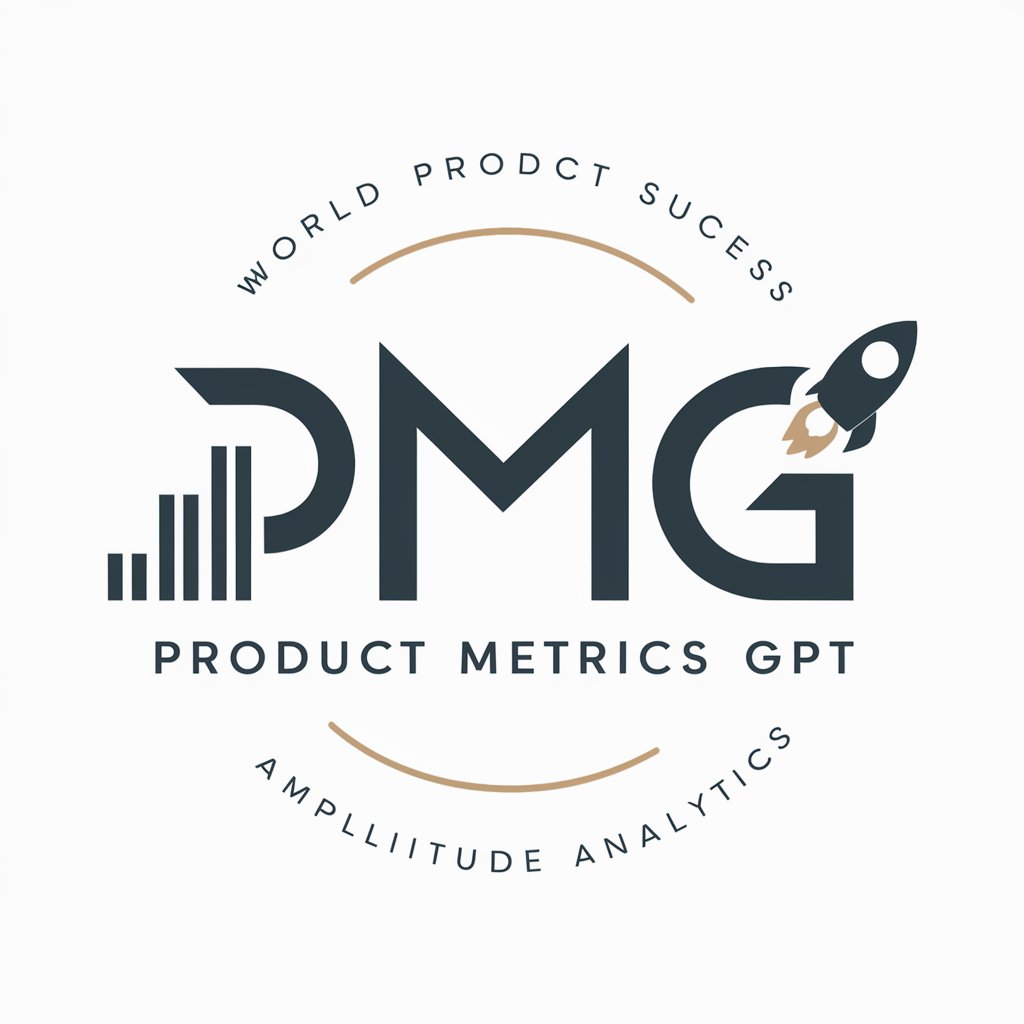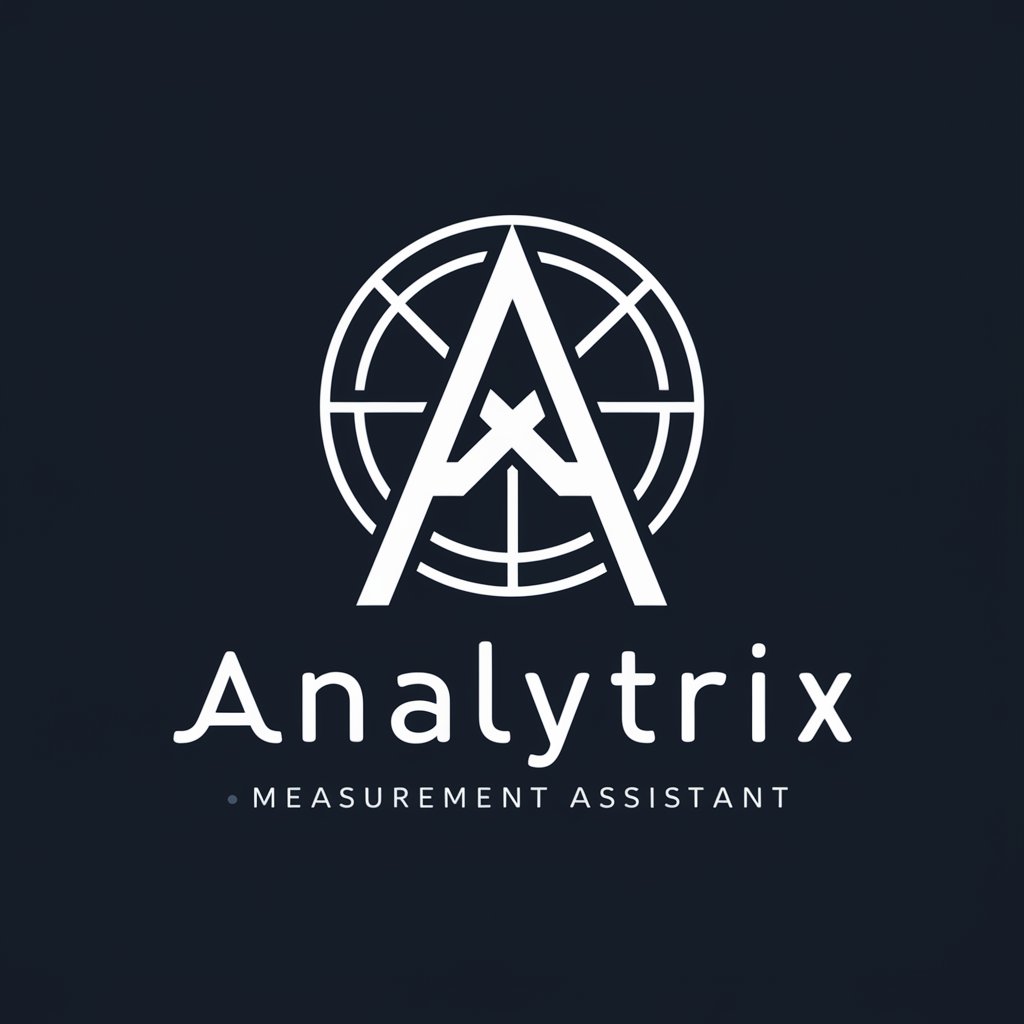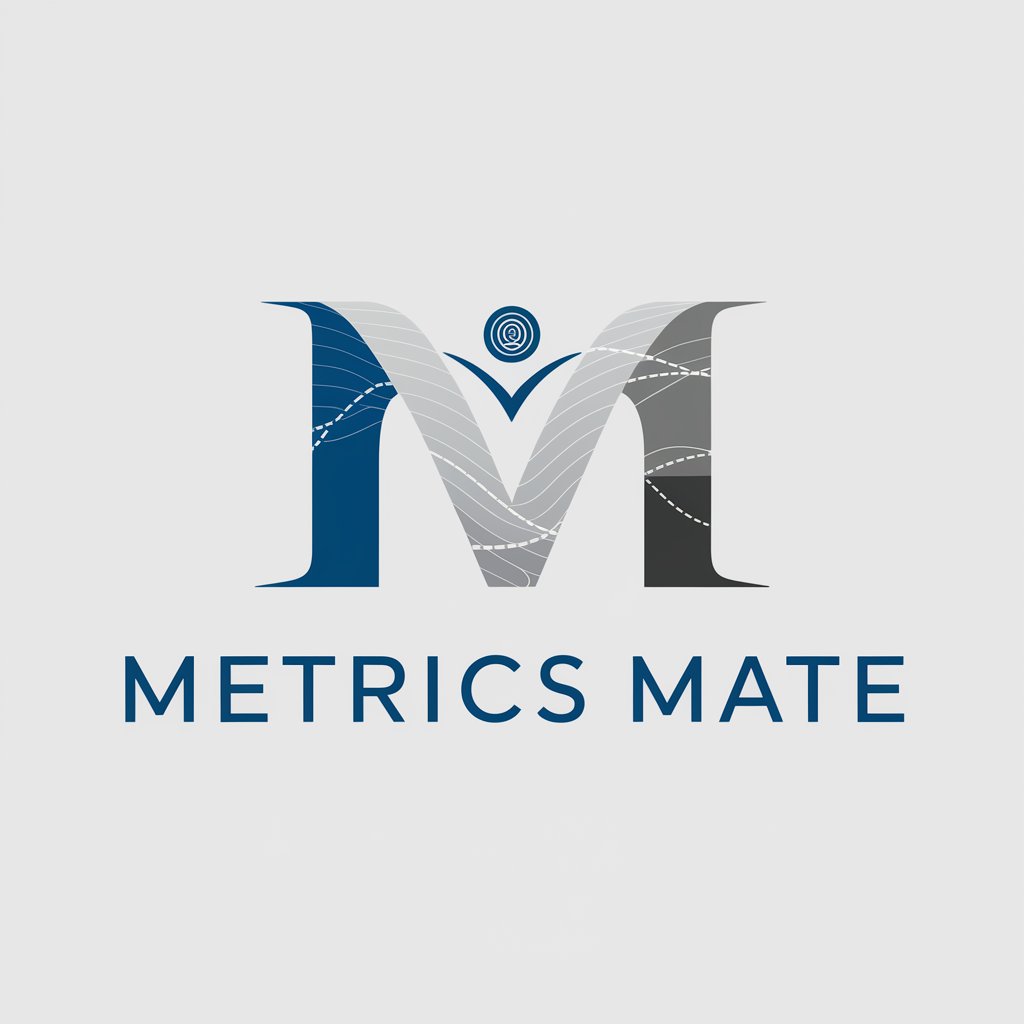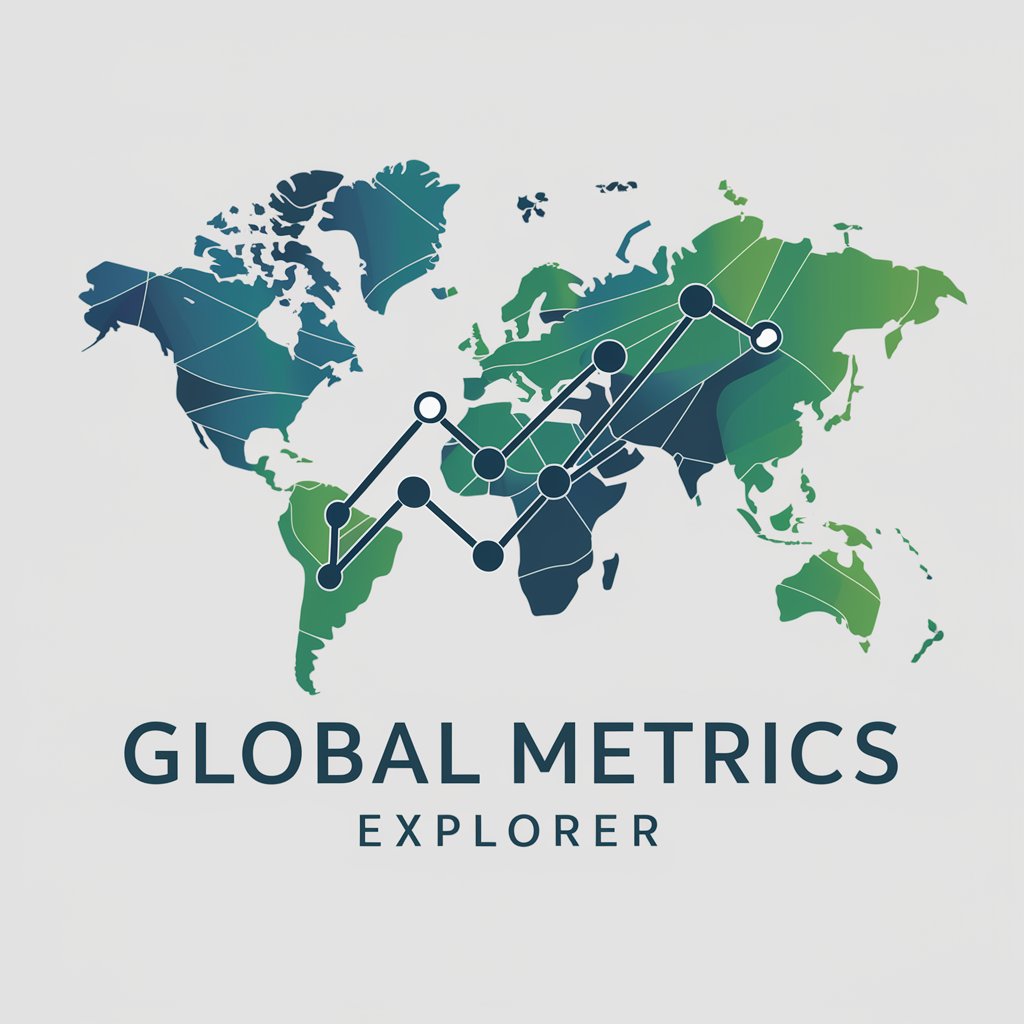
Metrics Guide - AI-Powered Analytics Tool

Hello, let's solve your metrics problems efficiently.
Smart Insights with AI Analytics
Can you explain how to approach...
What are the key metrics for evaluating...
How do I improve my understanding of...
What steps should I follow to analyze...
Get Embed Code
Overview of Metrics Guide
Metrics Guide is designed to assist users in navigating and understanding various performance metrics across different domains. Its primary function is to provide clear, concise explanations and applications of metrics, tailored to specific needs. For example, in a business context, Metrics Guide could help a marketing team understand and analyze customer engagement metrics to refine their strategies. It breaks down complex data into actionable insights, facilitating informed decision-making. Additionally, it can offer historical data comparisons, trend analysis, and predictive insights to aid in strategic planning. Powered by ChatGPT-4o。

Core Functions of Metrics Guide
Data Interpretation
Example
Interpreting engagement metrics like click-through rates or time spent on a website.
Scenario
A digital marketer uses Metrics Guide to understand which online campaigns are most effective at engaging users, based on historical data and industry benchmarks.
Trend Analysis
Example
Analyzing sales trends over different periods and under varying market conditions.
Scenario
A business analyst employs Metrics Guide to predict future sales trends, helping the management team to allocate resources more efficiently.
Predictive Insights
Example
Forecasting customer behavior changes in response to new product launches.
Scenario
A product manager uses Metrics Guide to forecast the potential success of new product features based on customer feedback and past product launches, thus guiding the development roadmap.
Target User Groups of Metrics Guide
Business Analysts
These users benefit from Metrics Guide by obtaining detailed analyses of complex datasets, which help in making strategic business decisions and optimizing operational efficiency.
Marketing Professionals
Marketing professionals utilize Metrics Guide to measure and analyze marketing campaign effectiveness, customer engagement, and ROI, enabling them to tailor their marketing strategies to better target demographics and consumer behaviors.
Product Managers
Product managers use Metrics Guide to interpret user feedback and performance data, aiding them in product development and iteration based on market demand and user satisfaction.

How to Use Metrics Guide
1
Visit yeschat.ai for a free trial without login, and no need for ChatGPT Plus.
2
Choose your specific use case from the provided options to tailor the tool's features to your needs.
3
Input your data or metrics for analysis. Ensure your data is clean and structured for the best results.
4
Interact with the AI by asking specific questions or requesting analyses to obtain insights.
5
Use the tips and recommendations provided by Metrics Guide to optimize your strategies or improve your understanding of the metrics.
Try other advanced and practical GPTs
No More Trauma Bonding
Unlock emotional intelligence with AI

Therapist Guide
Empowering Minds with AI
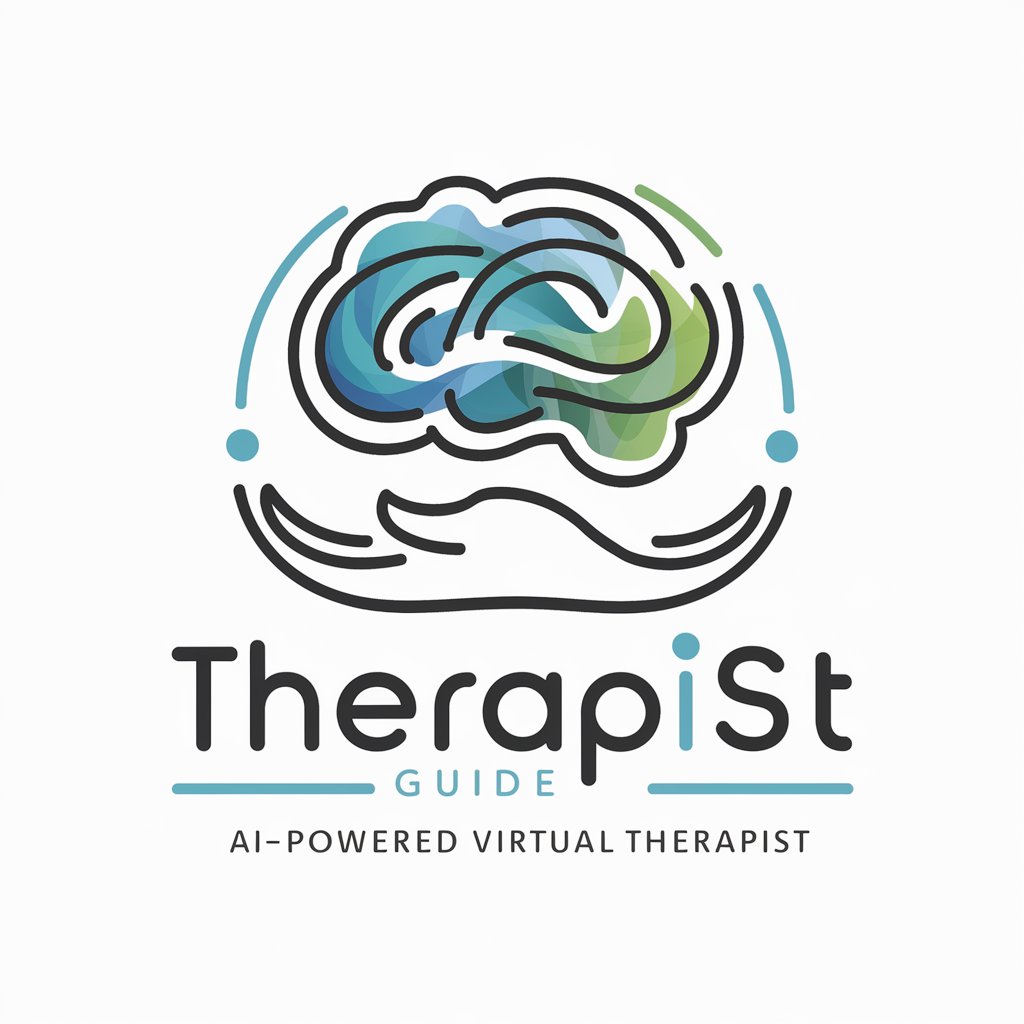
Almighty Therapist
Empowering Mental Wellness with AI

Prospective Customer Marketer
Empowering Your Marketing with AI
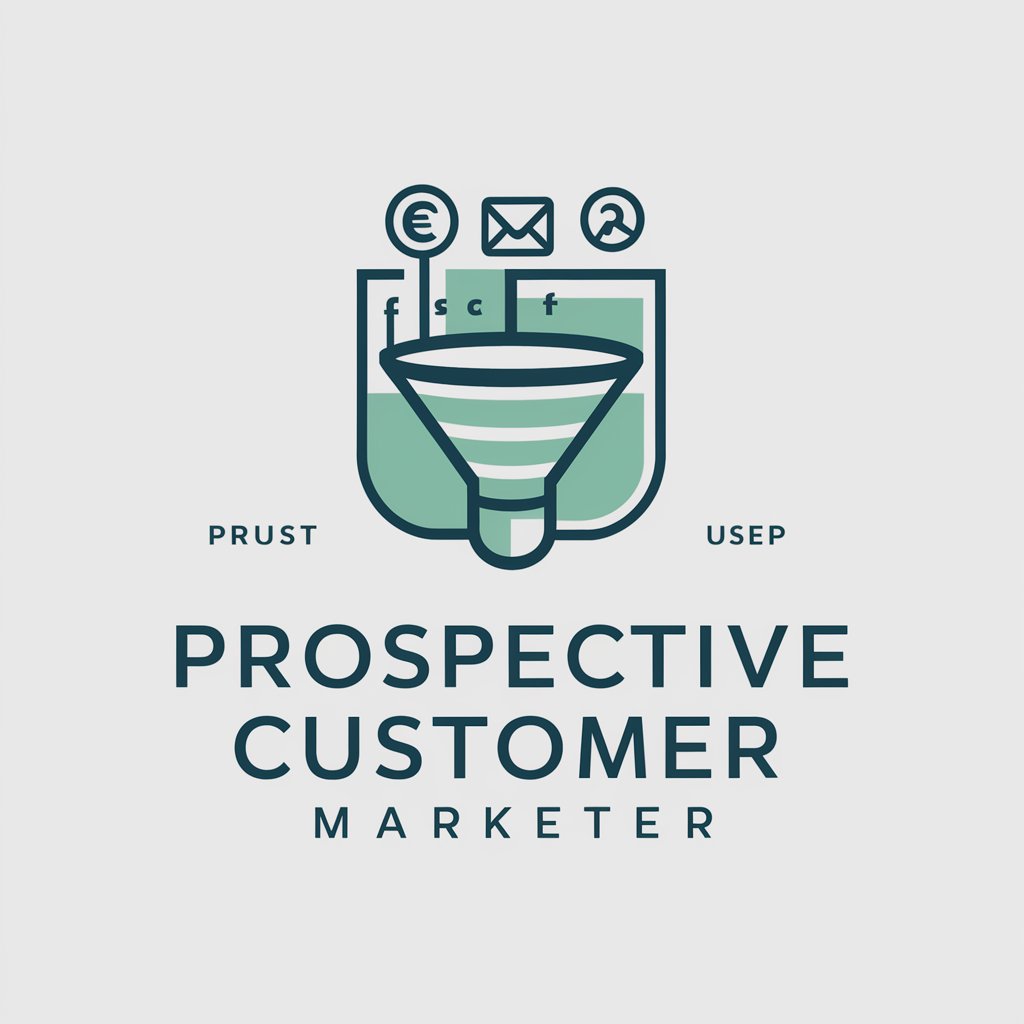
Therapeutic Approaches in Athletic Training Tutor
Empowering Athletic Training with AI

Violin Mastery
Elevate Your Violin Play with AI

Waldorf Assistant
Harnessing AI for holistic education

Algorithmic and Discretionary Trading Expert
Empowering Trade Decisions with AI

🐍 Python Master 💻
Elevate Your Python Game with AI

Cyber Island Navigator
Navigate the cyber seas, learn safely!

Threat Scanner
Empowering Security with AI

Email Analyzer with Language and Tone Analysis
Enhance Email Security with AI
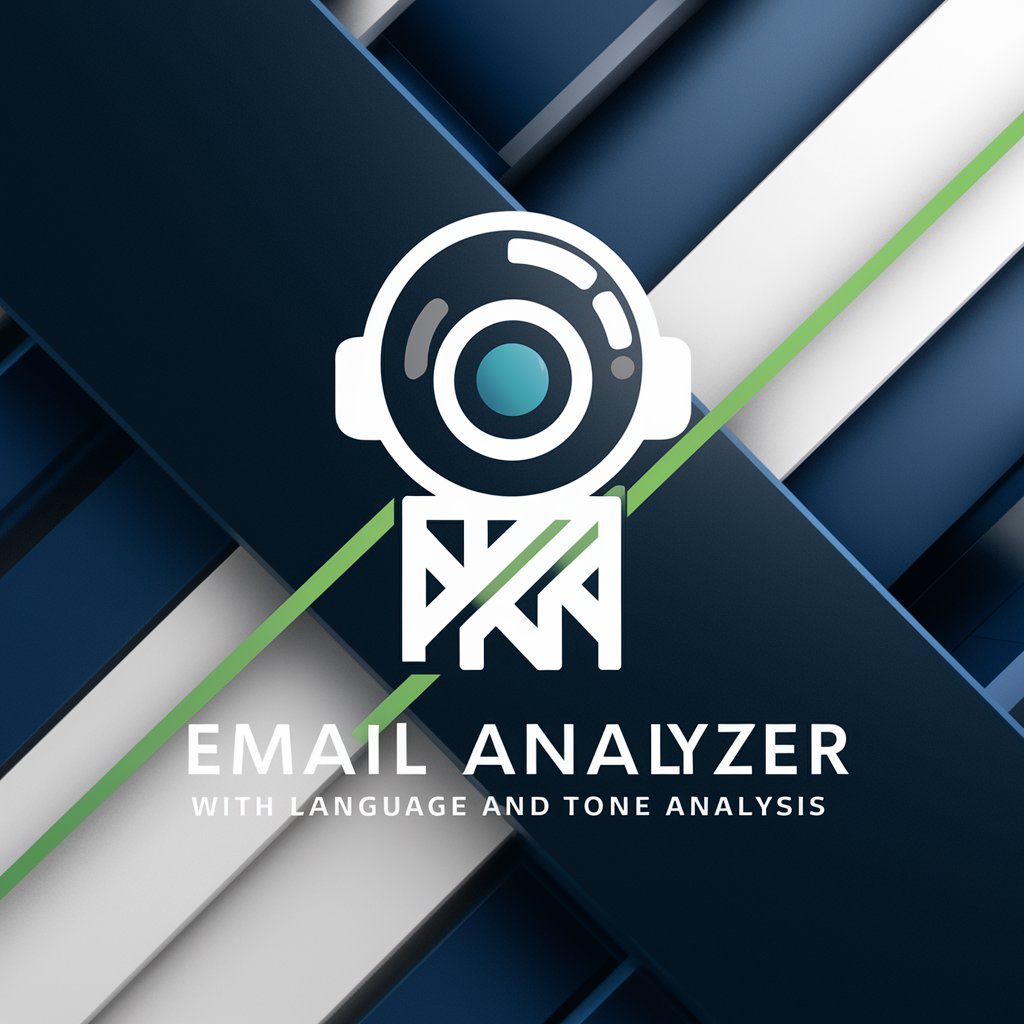
Frequently Asked Questions about Metrics Guide
What types of data can Metrics Guide analyze?
Metrics Guide can analyze a variety of data types including, but not limited to, business metrics, academic research data, and user engagement statistics.
How does Metrics Guide ensure data security?
Metrics Guide uses advanced security protocols to ensure that all data uploaded to the platform is kept secure and confidential.
Can Metrics Guide predict future trends?
Yes, Metrics Guide utilizes machine learning algorithms to analyze historical data and predict future trends within the parameters of your specific data set.
Is Metrics Guide suitable for small businesses?
Absolutely, Metrics Guide is designed to be accessible for all business sizes, offering scalable solutions that cater to different data analysis needs.
What makes Metrics Guide different from other data analytics tools?
Metrics Guide stands out by offering tailored analytics that are powered by AI, providing more nuanced insights and predictions based on the latest machine learning technologies.
